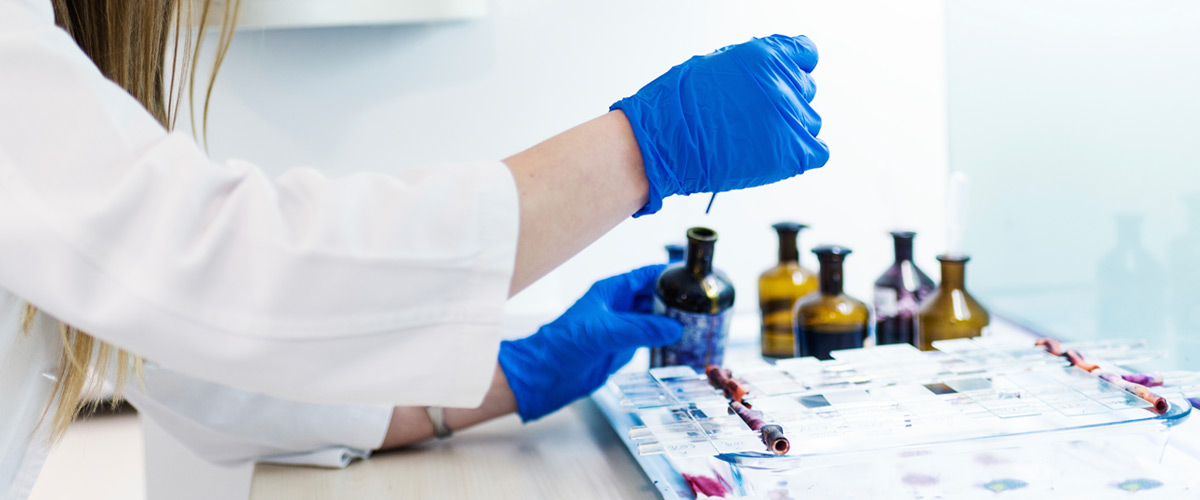
In a highly successful, first-of-its-kind endeavor, a multidisciplinary team of University of Wisconsin-Madison researchers have created a “tumor in a dish” that can accurately anticipate a multiple myeloma patient’s response to a drug. The advance could mean a giant step forward in efforts to tailor medical treatment plans to individual patients.
Led by Shigeki Miyamoto, a professor of oncology at UW-Madison, and David Beebe, the John D. MacArthur Professor and Claude Bernard professor of biomedical engineering at UW-Madison, the researchers published news of the advance May 1, 2015, in the Royal Society of Chemistry journal Integrative Biology.
“We’re taking the first steps toward mimicking the body in a dish,” Beebe says.
The team produced an assay, or testing process, which involves co-culturing multiple myeloma tumor cells with their surrounding non-tumor cells, all from the same patient, in a microscale Petri dish. The researchers then treated the tumor cells with bortezomib, a drug commonly used in multiple myeloma therapy. After only three days, the researchers could determine whether the drug was effective—or not. They compared the results of their ex vivo tests with the success or failure rates of actual patients who had received the drug—and an unprecedented 100 percent of the ex vivo test results matched the results of the patients.
“This is only one type of cancer, one particular drug,” Beebe says. “But it’s happening. This is an exciting time in this area, and we’re definitely going to see more of this.”
